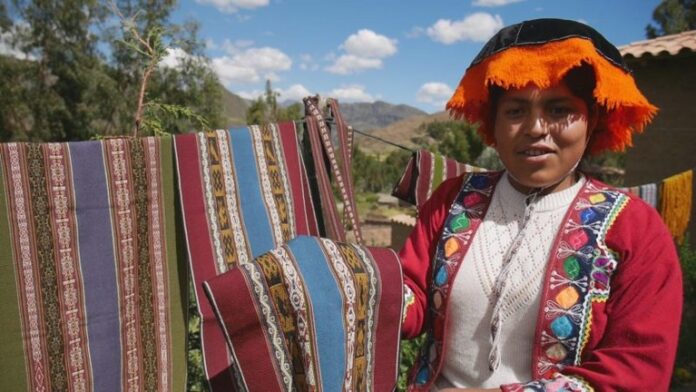Western economics is not only destroying the environment. It is also destroying Indigenous peoples’ holistic development models that ensure balance with nature, and provide alternative paradigms for sustainable development.
For many of the world’s 476 million Indigenous peoples, balance and reciprocity (PDF) with nature are fundamental principles that guide all aspects of life. Rather than privileging human economic goals and pursuing nature conservation separately, many Indigenous societies seek to achieve ‘holistic wellbeing’ or ‘Buen Vivir’, which means the wellbeing of both people and nature together.
Take the Quechua and Aymara people in Peru, for example, who make up nearly a fifth of Peru’s population. According to their Andean cosmovision, the world is divided into three communities or ‘ayllus’: i) the wild or natural world, ii) the human and domesticated world, and iii) the sacred world.
To achieve wellbeing (‘Sumaq Causay’), these three communities must be in balance, which requires reciprocity between them (‘ayni’).
These Andean concepts come from the Incas, the largest pre-Columbian empire, and are still very much alive in the Andes. So too are barter markets (PDF), which provide people at different altitudes with access to essential nutrients and help sustain rich Andean biodiversity.
Analysis
What happens when these communities are hit by a natural disaster and people from other communities who are indigenous respond? What is the aftermath for the indigenous economy? Are western values placed on the rebuilding? This article discusses the circularity of this type of economy. What happens when the circle is broken? How do these people adapt? Adapting the economy to the environment seems incredibly logical. When we work with the environment the better we are. What can we learn with creating a circular response to mass casualties? Is there such a thing? Since mass casualties are so variable from scenario to scenario it presents such a challenge to incorporate circularity into the mass casualty response scenario. However, which aspects of the circular economy can be applied to this situation?




